What Is a Natural Language Interface?
A natural language interface (NLI), also called a natural language user interface, is a platform that allows a computer system and a human to interact using natural language. In other words, a user can interact with technology using everyday language without complicated commands or tech jargon and the system would respond accordingly.
Natural language interfaces can be used for a wide range of applications, with language commands for anything from checking the weather to querying a database and managing complex work tasks. Natural language interfaces are what make technology feel more human and intuitive.
In this post, we’ll take a closer look into NLIs including examples of how they’re used, their core components, how they work, and how speech AI like aiOla is using them to boost efficiency in frontline workflows.
Core Components and Features of Natural Language Interfaces
Natural language interfaces are not only made up of different types of technologies stemming from artificial intelligence (AI) systems to text-based tools, but they also include diverse features that make them applicable to different scenarios. Here’s a look at a few of the key features and components that make up NLIs.
1. Natural Language Processing (NLP)
Natural language processing is the backbone of NLIs and what allows machines to understand, interpret, and generate human language. It bridges the gap between raw language input and meaningful data processing.
2. User Interface Design
A well-designed interface leads to seamless interaction by making the NLI intuitive and user-friendly. Examples include voice assistants like Alexa and chatbots with clear conversational flows.
3. Context Awareness
This is what allows NLIs to tailor responses based on user history, environment, or ongoing conversation, creating a more personalized, accurate, and relevant experience.
4. Semantic Processing
This component enables NLIs to grasp the meaning behind words and sentences, ensuring accurate interpretations of user intent.
5. Speech Recognition and Text-To-Speech
Speech recognition converts spoken words into text, while text-to-speech transforms responses back into natural-sounding speech, making NLIs accessible and engaging.
6. Learning Ability
NLIs equipped with machine learning (ML) can adapt to user preferences and improve and refine their outputs over time based on previous interactions, offering smart and personalized interactions.
7. Multilingual Support
Supporting multiple languages broadens the reach of NLIs, enabling effective communication with users regardless of their native tongue.
8. Intent Recognition and Classification
This feature identifies what the user wants to achieve, helping NLIs provide precise and relevant responses or actions.
9. Entity Extraction and Resolution
Entity extraction identifies specific details like names or dates from user input, while resolution links them to actionable data or knowledge bases.
10. Dialogue Management and Conversation Flow
Dialogue management ensures conversations remain coherent and goal-oriented, facilitating smooth exchanges between users and the system.
11. Knowledge Representation and Reasoning
Through the use of structured knowledge bases, NLIs can provide informed and logical responses, enhancing their usefulness in complex queries.
How Do Natural Language Interfaces Work?
NLIs operate through a series of steps that are designed to understand and respond to user queries accurately. Here’s a short overview of what those steps look like:
- The interaction begins when input gets captured, such as a text or speech query. With speech, the system will first convert it into text using speech recognition technology.
- Next, the query gets analyzed using natural language understanding (NLU) to target user intent and isolate key data such as names, dates, or commands. In this step, ML models and NLP techniques come into play.
- The system then accesses structured knowledge bases to contextualize a query, which helps make sure the response is logical and relevant.
- Then, the NLI system will manage the flow and consider the context from previous user interactions to avoid repetitive or irrelevant responses
- By relying on large language models (LLMs) such as transformer-based architectures, the NLI will generate a human-like response based on the query.
- Finally, the output results in a response that’s presented to the user, which can be done either as text or speech using text-to-speech technology.
Each step relies on the one before it and various advanced AI technologies to play their roles, which is what enables NLIs to provide intuitive and accurate interactions.
The Benefits of Using Natural Language Interfaces
There are quite a few advantages that come with using NLIs in both personal and professional settings. Here’s a closer look at some of the main benefits:
- Enhanced user experience: NLIs allow for natural, conversational interactions that make technologies feel approachable
- Accessibility: For non-technical users, NLIs remove the need for complex commands and technical knowledge making it simple to use
- Data retrieval: NLIs make it easier to access information as users can get answers or perform tasks quicker without a lot of manual intervention
- Inclusivity: With multilingual support and the ability to be used hands-free, NLIs cater to a diverse range of users, including those with disabilities
- Time-saving: NLIs can easily handle and automate repetitive tasks, freeing up time for users to focus on more important activities
- Seamless integration: From CRM systems to IoT devices, NLIs can be easily integrated to improve workflows, data syncing, and user satisfaction
Natural Language Interface: Examples and Use Cases
NLIs have a lot of different applications. They can be used across different industries and for multiple applications, making them a versatile tool that helps teams work more efficiently. For example, NLIs in customer service can help teams reduce customer response time by 77%. Here are some use cases of how NLIs can be employed:
- Customer service: NLIs can help teams quickly respond to basic customer queries through chatbots, allowing them to better sort customers to the right agent
- Healthcare: doctors can use NLIs to take notes on patient symptoms and access medical databases for quicker diagnosing
- Education: students can instantly access information to accurately access information from courses or lectures
Popular mobile assistants, Siri, Alexa, and Google Assistant are examples of natural language interfaces that are being used daily. AI tools such as ChatGPT are also natural language interfaces that interact with text and other media by deciphering meaning from an input and providing an output, or a response, that’s contextually relevant.
aiOla: Enhancing Speech AI With a Seamless Natural Language Interface
As a speech AI technology, aiOla is a type of natural language interface that puts the needs of frontline workers in focus, helping them work more productively without expending any additional time, energy, or resources.
aiOla helps workers complete manual tasks through the power of speech, saving them time to focus on more strategic work. It can help teams automate workflows, reduce time spent on manual tasks, and collect data through speech that can inform decision-making. Through aiOla’s natural language interface, companies have been able to:
- See a 55% increase in time savings
- Increase customer satisfaction by 35%
- Reduce compliance risk by 20%
With aiOla, frontline workers can carry out processes safely and effectively while simultaneously capturing data that can help businesses grow and thrive.
Growing Your Business With a Natural Language Interface
By implementing new work tools such as NLIs, businesses can take advantage of a boost in productivity along with deeper insights and transparency into their data. Speech AI technologies like aiOla that are simple to integrate into existing workflows make it quick and easy to leverage everyday language for smoother operations.
Book a demo with one of our experts to see how aiOla can help you turn natural language into action.


